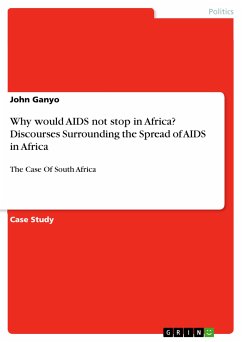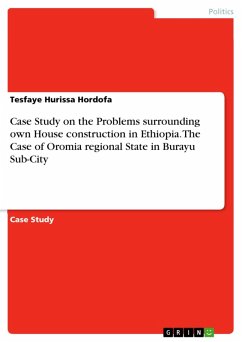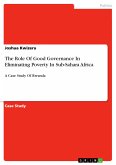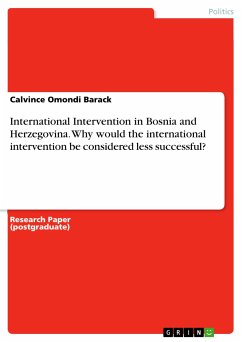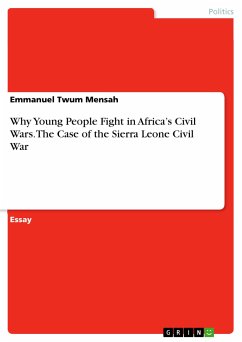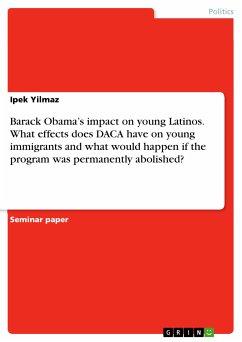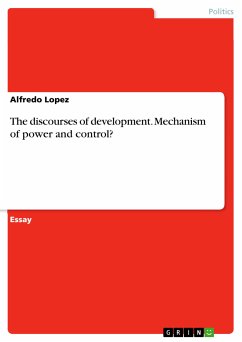Case Study from the year 2009 in the subject Politics - Region: Africa, grade: A, University of Oslo (Oslo University College, Norway), course: M.Phil in Multicultural and International Education, Module 4, language: English, abstract: This paper explores the discourses in circulation in relation to HIV/AIDS in Africa and the reasons why the pandemic is still on the increase in certain parts of Africa. Finally, it discusses the impact of HIV/AIDS in the education sector on the continent, with a particular focus on South Africa. In the first part of this paper I have chosen to categorise the discourses in circulation in relation to HIV/AIDS into three. Although political, historical and other discourses abound, I shall limit myself to three others to be able to discuss them fully and develop convincing arguments. The three categories shall be: medical or scientific discourse, socio-economic discourse and traditional discourse. The terms "medical" or "scientific" would therefore be used interchangeably, as the case may be, to mean the same discourse. Under the medical discourse I shall elucidate on the name, nature, mode of transmission and prevention. The socio-economic discourse shall revolve around poverty and social pressure. The final category, which is the traditional discourse, shall embody discourses surrounding patriarchal authority and certain mythological ideas embedded in most African cultures, which underpin the spread of HIV/AIDS in South Africa. The second part, which is a further development of this paper, I shall demonstrate how lack of sufficient attention regarding the above discourses, as discussed in the first part, has contributed to worsening the already bad situation of the HIV/AIDS pandemic in South Africa, not mentioning its neighbour countries of Sub-Saharan Africa. In this second part of the paper I shall explore some other reasons encouraging the increase in the spread of HIV/AIDS in South Africa. These reasons shall include the issue of gender roles favouring hegemonic masculinity, rape and certain myths and misconceptions that appear difficult to eradicate from the cultural fabric of the South African society.
Dieser Download kann aus rechtlichen Gründen nur mit Rechnungsadresse in A, B, BG, CY, CZ, D, DK, EW, E, FIN, F, GR, HR, H, IRL, I, LT, L, LR, M, NL, PL, P, R, S, SLO, SK ausgeliefert werden.

